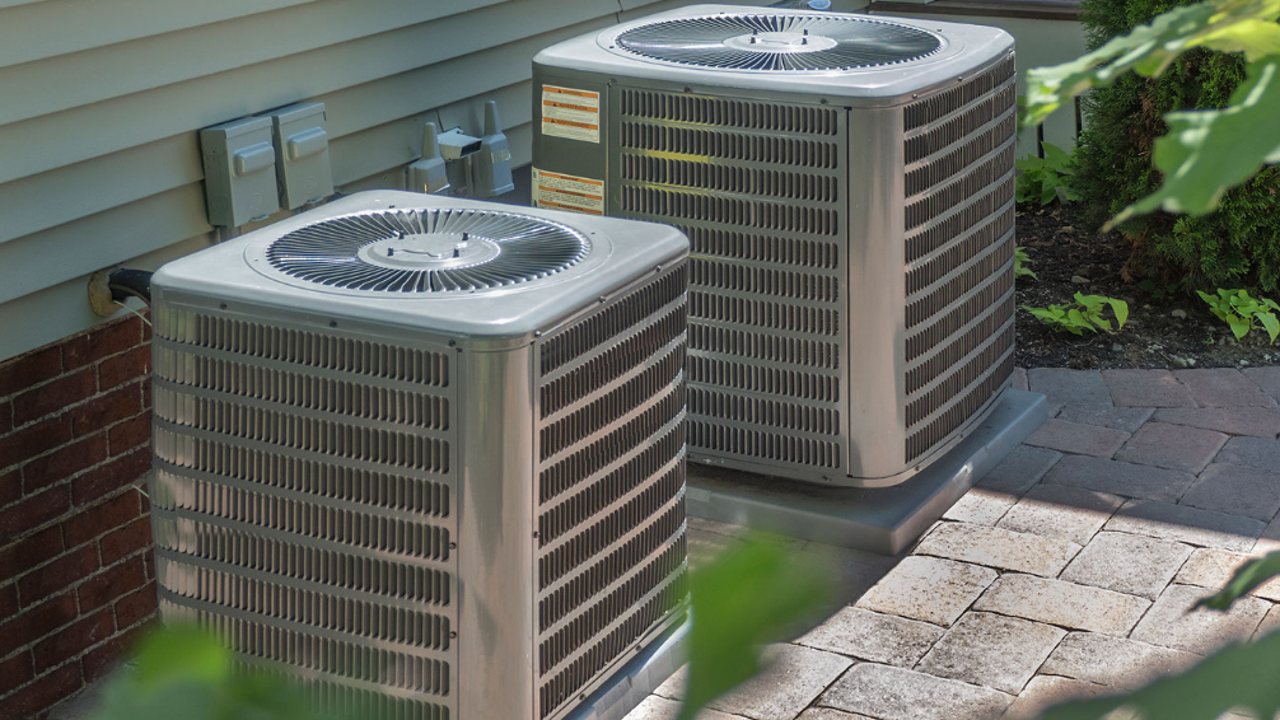Businesses that use air conditioning and freezers are opposed to the modification of the tax. /
The government has just extended the Greenhouse Gases Tax and businesses say the costs will rise by between five and ten per cent
As if the inflation which is affecting consumer goods in general and domestic appliances in particular were not enough, the government has introduced a new tax this month which will make it more expensive to buy and recharge air conditioning and refrigeration systems.
In reality it is not a brand new tax but a modification to the Greenhouse Gas Tax and it came into force on 1 September. It will be levied on the manufacture or import of pre-charged appliances and also the first charge for newly installed refrigeration equipment. The sector is opposed to the measure, saying it is putting prices up by between 5% and 10%.
The businesses affected say Spain was already one of the few EU countries with a special tax on the emission of greenhouse gases used as refrigerants in this type of systems. Now, on the grounds of simplifying the system in force since 2015, the government has extended its application: before, it only applied to recharging old equipment, not new installations.
Who does it affect?
The gases affected by this tax are hydrofluorocarbons, perfluorocarbons and sulphur hexafluoride, which are necessary for the operation of all types of refrigeration and air conditioning machines.
Some twenty associations representing manufacturers and distributors of household appliances, air conditioning equipment and machinery for the hotel, catering and similar industries; domestic hot water production; commercial and industrial refrigeration; companies that use refrigeration installations; air conditioning, electricity, plumbing, gas, fire protection, refrigeration and ventilation installation companies have all opposed this tax. Together, they include more than 34,000 businesses with 462,000 direct employees and a combined turnover of more than 126 billion euros.
Also complicated to calculate
The way the tax is calculated is complicated as it depends on the weight of the products and there are three different rates depending on how much the gases can affect global warming, whether or not they are pre-prepared and whether they are recycled or regenerated.
